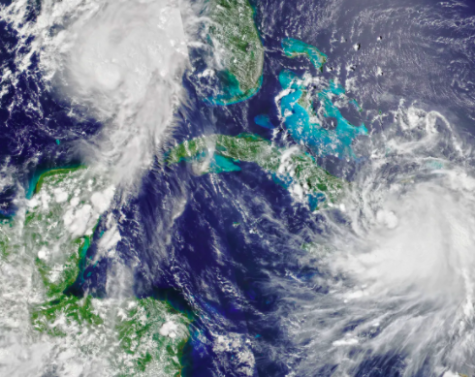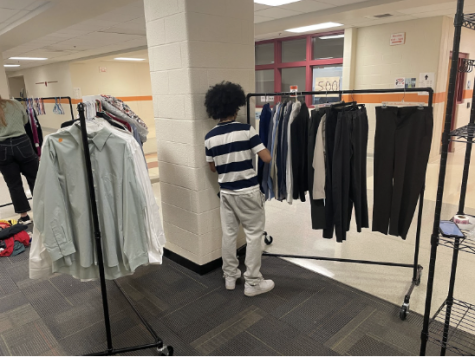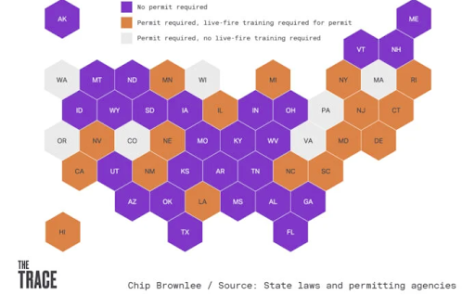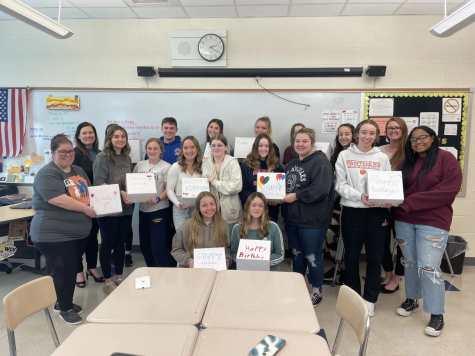The environment’s hurricane struggle
October 22, 2020

Photo by Joshu Stevens.
As the environment continues to change, it struggles more with prominent issues such as increasingly severe Atlantic hurricane seasons, yet not enough people are educated about it, or how climate change comes into play. Atlantic hurricanes are rising in quantity, damage and intensity: here’s what you need to know.
As hurricane seasons change and worsen in conditions, the number of hurricanes and named storms increases, but many people don’t know what they typically should look like, or how many there should be. In a normal hurricane season, there are about six hurricanes and 12 named storms, but this year the number has risen at an alarming rate, as there have been 25 named storms and nine hurricanes. What is even more worrisome is that experts predict that there will be around 11 hurricanes by the end of this year’s Atlantic hurricane season.
This increase is seen mainly throughout typical hurricane season months, those being July to November. Hurricanes are ranked in categories, from one to five, and the higher they are ranked, the more damage they can cause. This year, more hurricanes have higher categories, so they’ve been causing more damage. This is one of the main reasons that many people hear about hurricanes, and how catastrophic they can be.
Though most people do not realize the seriousness of this issue, some do, such as Frankie Smith, A Central York High School Sophomore, who has a lot of knowledge to offer on the issue of hurricanes.
“I think it’s really severe, especially to those who live in hurricane-prone areas”, says Smith.
Due to the increase in damage that hurricanes are causing, more families throughout hurricane-prone areas are being negatively affected. This can look like anything from hurricane preparations to protect property, as it did for Smith’s Floridian grandparents, to having to evacuate homes in very severe areas. More education as far as hurricanes are concerned is called for here because of this.
Education for those who may be affected by hurricanes is incredibly important, as they should know the conditions and severity of the issue, as well as what to expect.
“Definitely, especially for those growing up right now,” Smith said.
The increase in severity of the Atlantic hurricane season is most likely the result of climate change, specifically warmer Atlantic waters, warmer winds and changing wind patterns. With this combination, hurricanes develop easier, and become more powerful, causing them to make landfall and use their momentum to cause damage.
As the environment and hurricane seasons continue to change, it becomes progressively more important to become educated about the issue. Sadly, many are not exposed to information about it until it affects their community. For Smith, school being shut down due to the effects of Hurricane Sandy was the first time they were taught about this issue. Though many are not formally taught about the problems that the hurricane seasons may cause, there are many ways to educate oneself about it. This could look like researching facts and studies, doing a project about it, or even discussing it with others, to be informed and prepared.





![“She [Walker] was the biggest advocate for any student,” said Basile.](https://mundismillmedia.com/wp-content/uploads/2023/05/Colorful-Watercolor-Note-Paper-with-Brush-Stroke-A4-Document-336x475.png)



